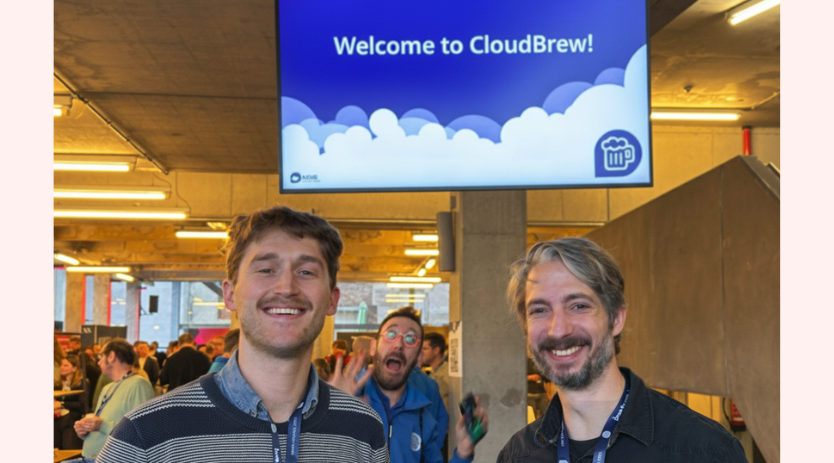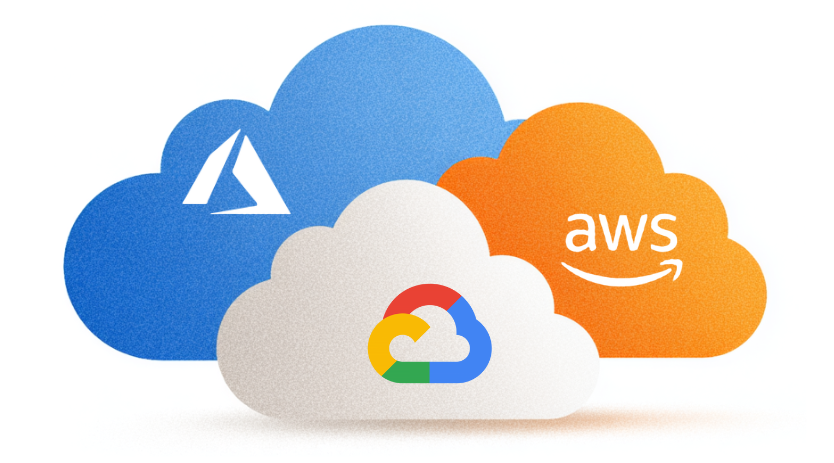
Implementing FinOps with Azure to maximize business value
Imagine you could transform your cloud strategy into a finely tuned machine that reduces costs and drives maximum business value. That’s exactly what we did for one of our customers by implementing FinOps with Azure. Through targeted optimizations and a strong focus on organizational alignment, we helped our customer save thousands of euros on their Azure bill, while setting up a sustainable framework to keep cloud costs under control. Curious about how FinOps can help you to optimize working costs and scale better? Read all about it in this blog.
 Long-running history in CapEx cost payment
Long-running history in CapEx cost payment
This large organization has been a customer of ACA Group for a couple of years. For a while now, they are moving more and more workload from on premise into Azure. The finance department was still handling the budgeting, relying on Capital Expenditure (CapEx), where IT infrastructure costs are paid and known upfront. This is in contrast to Operational Expenditure (OpEx), where costs fluctuate daily based on the actual usage of the digital resources consumed in Azure.
Our customer had allocated a substantial monthly budget for Azure, that was consistently adhered to. As a result, there was no internal trigger to explore FinOps practices.
How ACA discovered a substantial IT cost-saving opportunity
While ACA was assisting this customer with their workload migration, we noticed a familiar pattern: FinOps had never been considered. Virtual machines for all environments ran 24/7 without Reserved Instances and non-production Storage Accounts were using costly Geo-replication.
This triggered us to make a quick overview of potential savings, which we suggested along with a full FinOps exercise. The immediate savings were so compelling that the customer quickly agreed to our proposal.
What is a FinOps exercise?

When we talk about FinOps, we are referring to the standards set by the FinOps foundation. This is a large project by the Linux Foundation with a huge community of more than 23,000 members and 10,000 businesses.
In a FinOps exercise, we guide our customers through two deliverables:
- FinOps assessment: This focuses on the organizational alignment of our customer, emphasizing that FinOps is a shared responsibility. An engineer deploying a resource in Azure must consider costs like sizing and SKU, while the business department has to ensure adequate budget for projects and resources. This mindset has to extend across the entire organization.
- Technical evaluation: This focuses on the current setup and how it can be optimized for cost savings. We analyze the entire Azure environment to detect optimization opportunities.
Cost savings vs. value maximization
The goal of FinOps is not to minimize cloud spend, but to maximize the value our customers gain by using cloud services. This distinction is key, but often misunderstood. Every resource in Azure should be used in a way that delivers the highest possible business value.
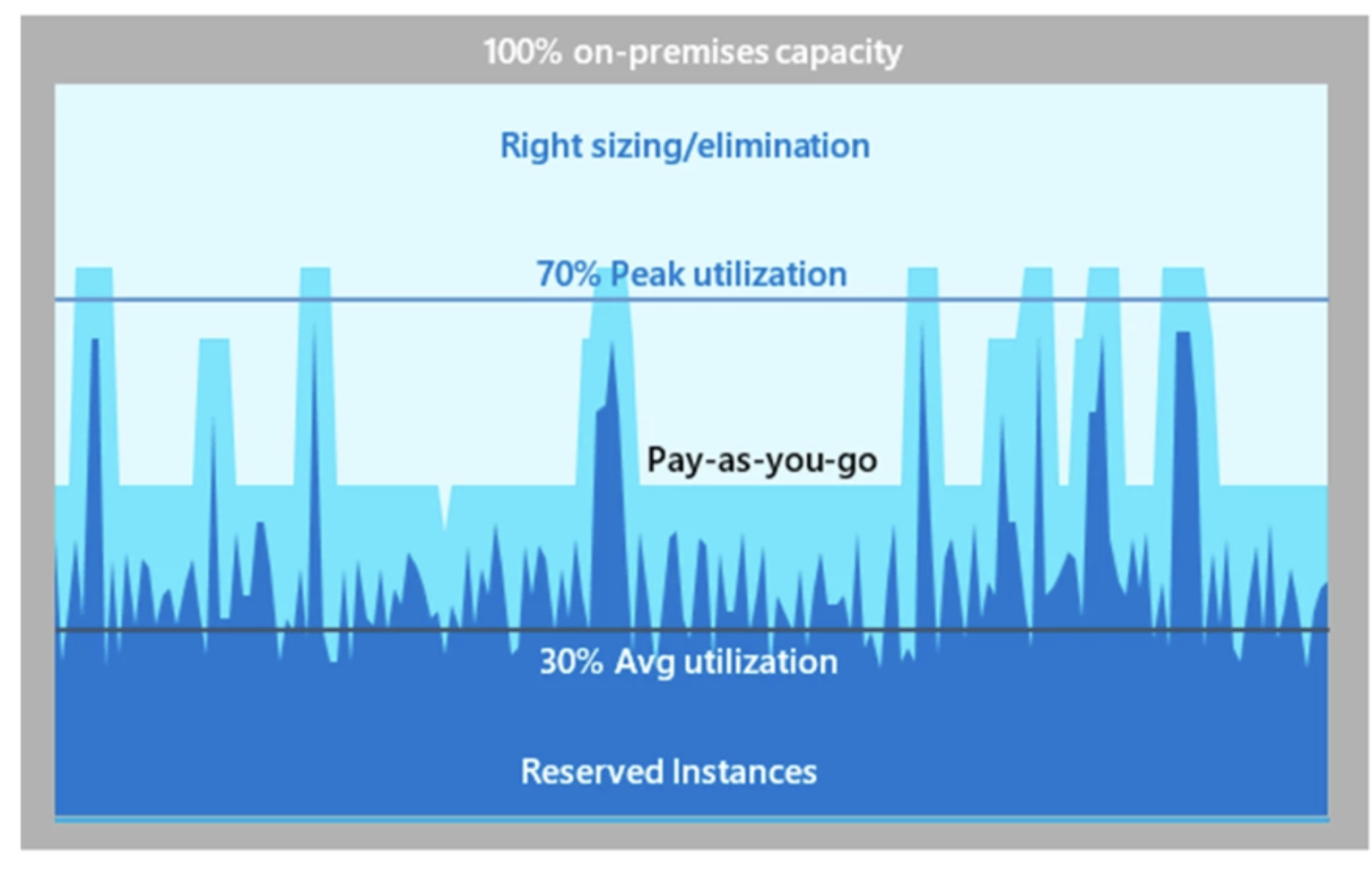
Maximizing business value also helps minimize the ecological footprint of our customers. It’s an outcome that aligns closely with ACA’s commitment to sustainability.
Optimizing the customer's web application
Let’s take a look at our customer’s web application running on an Azure App Service. Each user interaction generates a load on the system and value for the business.
For simplicity, let’s say the business value is 1 EUR every time a user opens the web application. With thousands of users, the application delivers 1,000 of euros in value.
Our job is to ensure the App Service is optimized to handle this demand effectively, maximizing business value. If we need to scale the App Service out, it’s a good thing! As long as we are using the most efficient resource and settings, we increase the capacity and help the customer generate even more value.
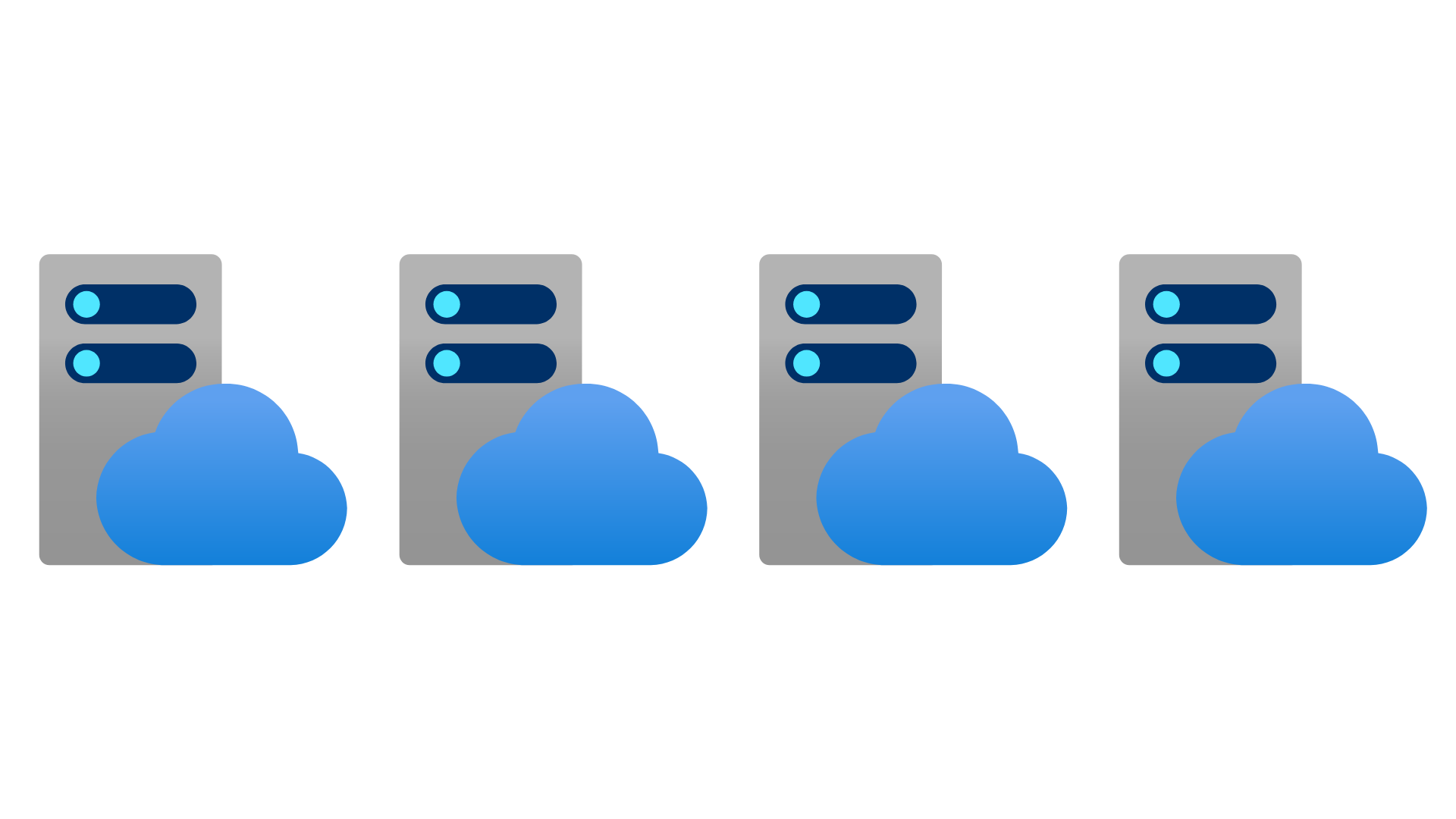
Selecting key focus points with all stakeholders
The FinOps Assessment involves multiple workshops with key stakeholders of our customer. We brought the customer’s Finance, Business, Engineering and Operations together to show how they all play a part in the cloud costs.
With over 20 Target Capability Scopes in FinOps, the customer selects a few key areas to focus on for optimization. In this case the customer selected the following:
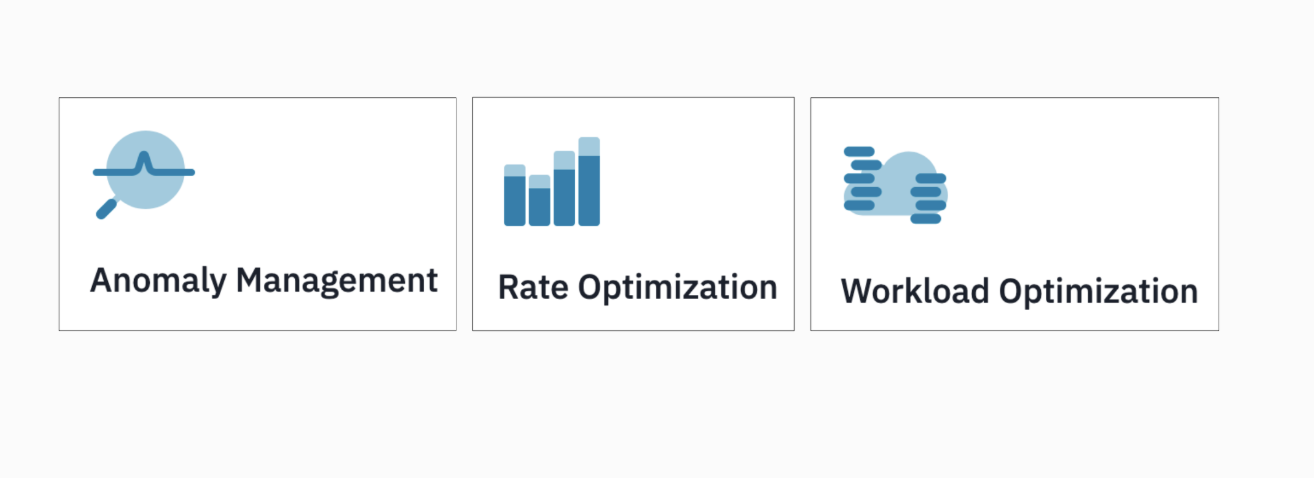
 Anomaly Management
Anomaly Management
Anomaly management addresses unexpected or abnormal cloud spending patterns. For example, in 2024, the customer experienced a surge in cost for a virtual machine scale set during a couple of weeks. They realized detection took too long and wanted better controls to prevent this.
 Rate Optimization
Rate Optimization
Rate optimization ensures the most cost-effective pricing models and discounts are used. Before starting the FinOps exercise, we had already identified potential savings, for example by using Reserved Instances. In addition, we analyzed the rate they were paying for Azure resources.
 Workload Optimization
Workload Optimization
Workload Optimization ensures resources like App Services, Virtual Machines are used efficiently. For instance, does it make sense for a non-production environment to have the resources running 24/7?
Assessing Target Capabilities through workshops
Together with the customer we set goals for each Target Capability. For example, they said that Anomaly Management is very important to them and they are aiming to become a Knowledge Leader in that area.
During the workshops with all stakeholders, our role was to ask the right questions to assess the selected Target Capability Scopes. For Anomaly Management, it became evident they were still in the early stages, earning a “1/Partial Knowledge” evaluation in that section.
Once all the workshops were completed, we were able to compile a final standing on all the Target Capability Scores. This gave the customer a benchmark, meaning that in the next evaluation in 4 months, we will be able to see how far they have come with regards to their targets.
Diving into technical details
With the workshops behind us, we could now focus on the written report and dive further into the technical details of the customer’s Azure environment.
This involved a two part process:
Part 1: Data collection
We ran informational gathering scripts to extract configuration details and present them in a more readable format.
Part 2: Manual review
We manually analyzed the outputs from tools like Azure Cost Management and Advisor.
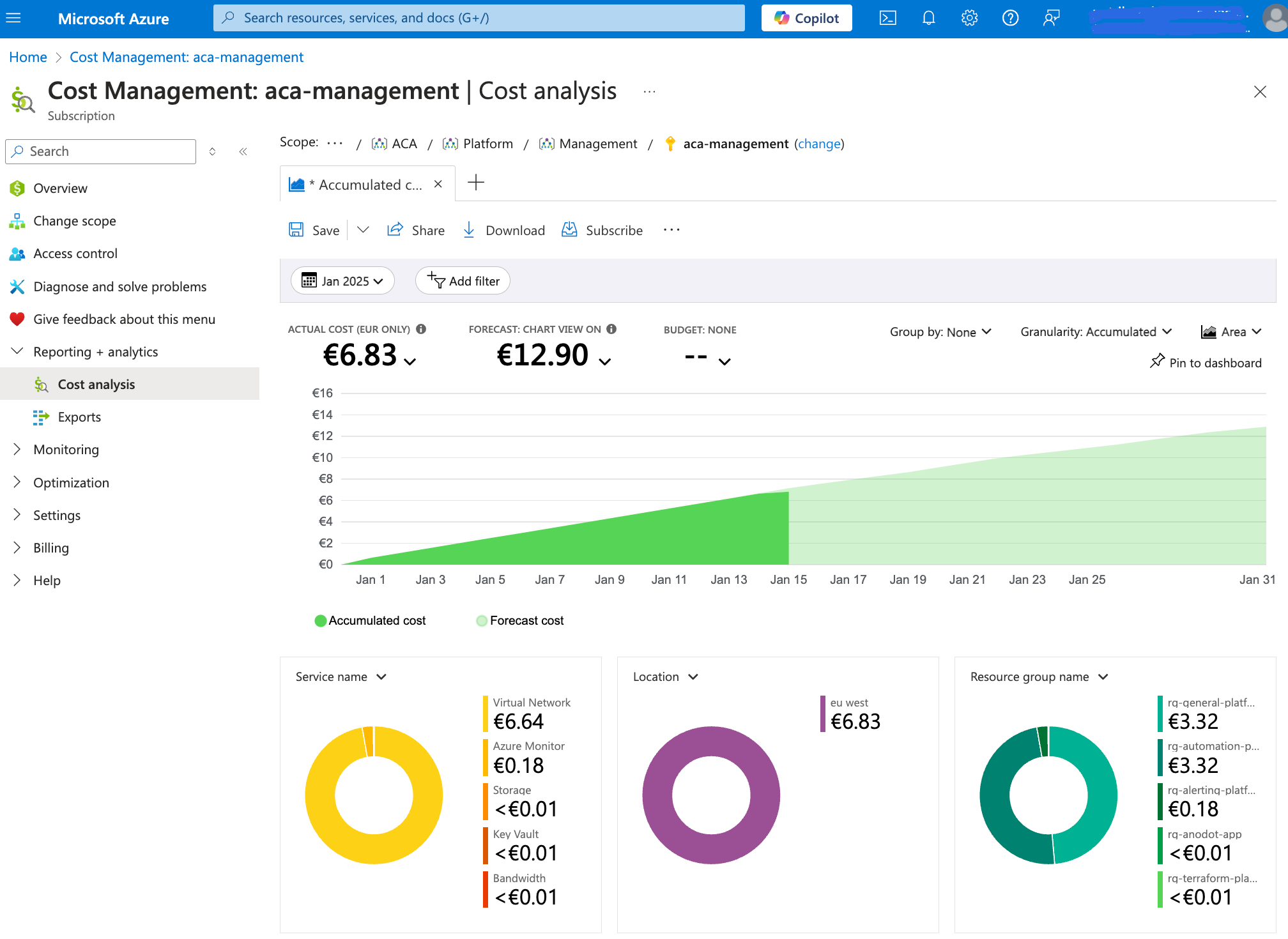
Key areas for cost savings
Having both the output from the scripts and the data from the portal, we saw that the following areas could yield the largest savings:
- Implement a Savings Plan / Reserved Instances
- Reconfigure redundancy for all Storage Accounts, they were all set to: Geo Redundant Storage (GRS)
- Non production to Local Redundant Storage (LRS)
- Production to Zone Redundant Storage (ZRS)
- Schedule shutdown and removal of compute resources for non production
- Implement Governance framework (Azure Policies) to avoid deployment of excessive SKUs. For example, expensive Azure Virtual Machines with nVidia video cards should be prohibited
- Implement budget thresholds and Anomaly Alerts
- Implement the FinOps Toolkit along with the PowerBI reporting
- Leverage Anodot for a single pane of glass across their multiple environments
We compiled our findings and recommendations into a written report. Together with the customer we reviewed the report and outlined actionable next steps.
💡 One of the recommendations was to implement the FinOps Toolkit. This is a set of controls, Power BI reports and workbooks which are aligned with the FinOps framework. We were happy to see that they embraced this along with our other recommendations.
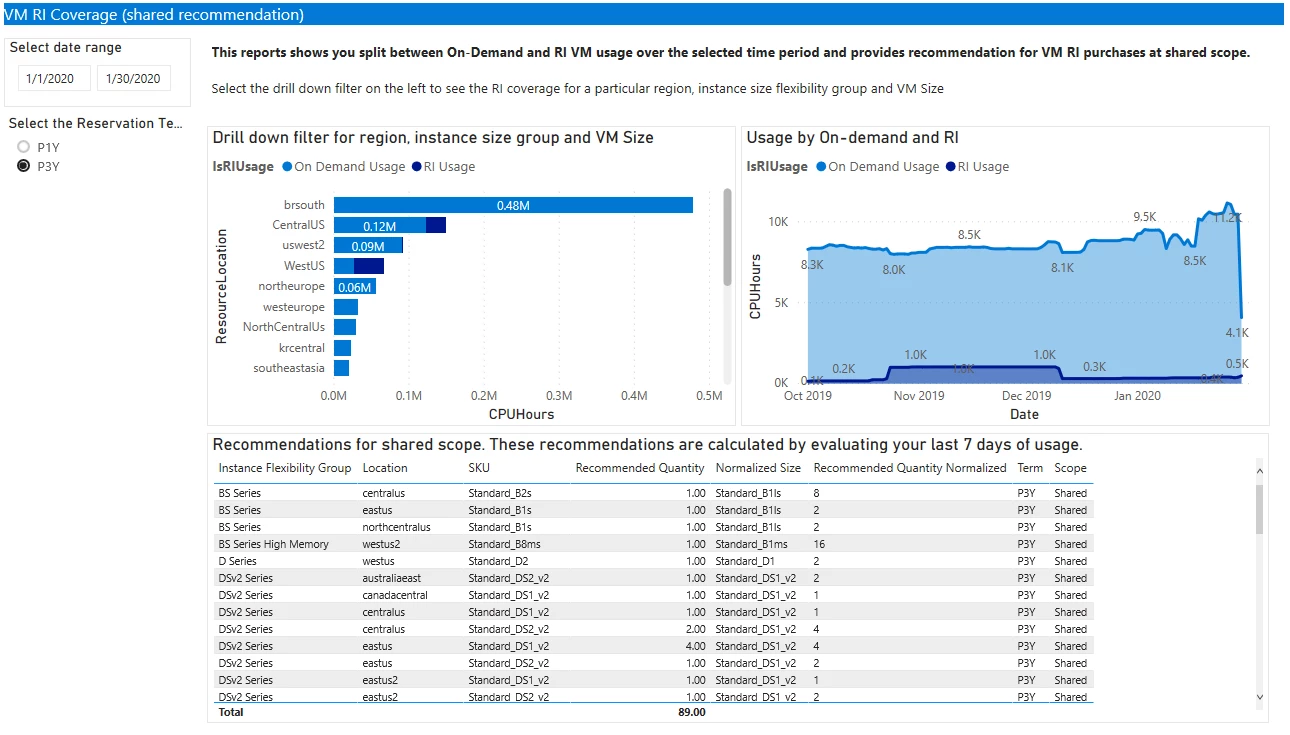
Looking ahead with renewed focus on business value
Going forward, the customer will continue to adopt Azure for their workload. The difference from now on is that they will do it with the mindset of maximizing the business value. In four months, ACA will reassess the status of the FinOps journey and help them measure how far they have come.
The long term strategy also involves leveraging the strategic partnership ACA has with Anodot for FinOps. Together, we push the boundaries of FinOps by combining cost efficiency with carbon accountability. This brings a standard toolset and a unified visibility of FinOps across all their environments.

➡️ At the ACA Group we are experts in FinOps! Let us guide you through the FinOps journey to ensure you are unlocking the full potential of your cloud investment.
